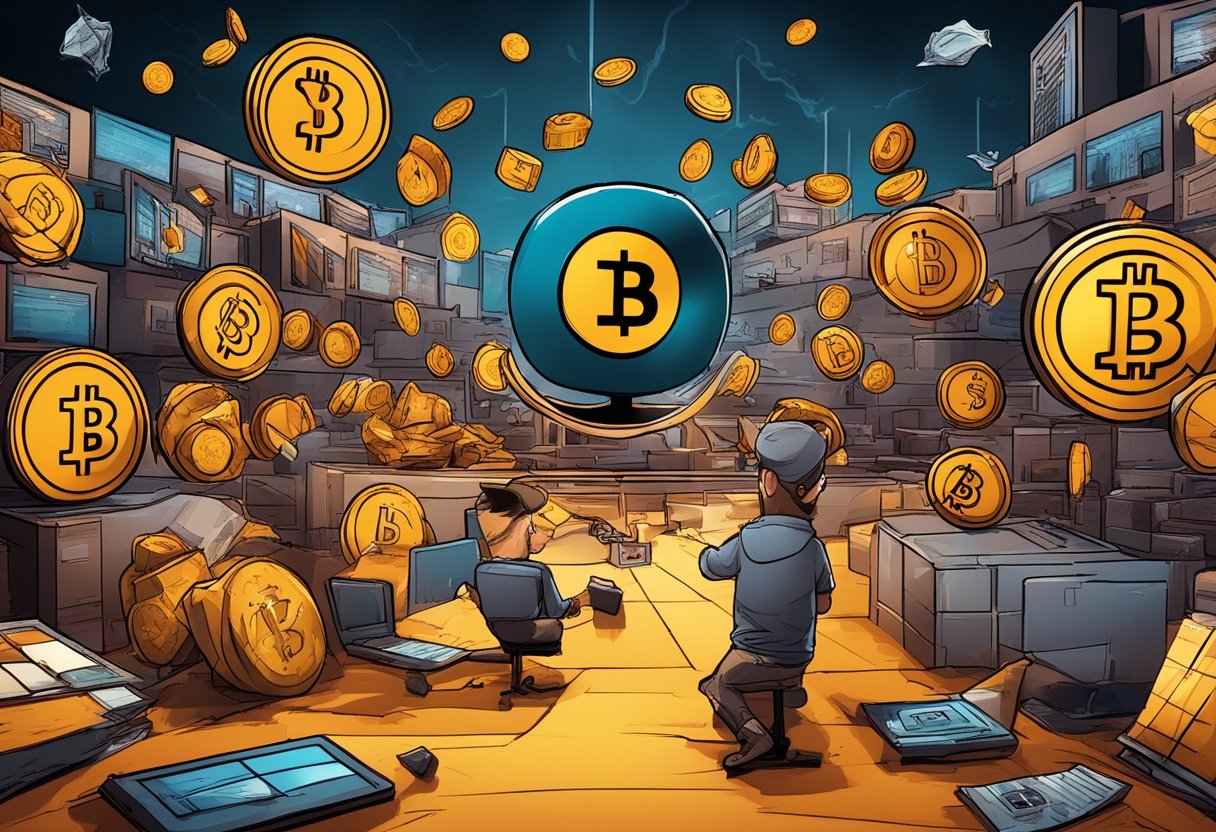Mining Costs in Cryptocurrency: Analysis and Optimal BTC Purchase Timing
Mining costs play a crucial role in determining the price trends of Bitcoin. As the price of Bitcoin declines, many mining machines reach shutdown costs, signaling a potential “local bottom.” This insightful analysis originates from analyst Murphy and has been curated, translated, and authored by BlockBeats.
Understanding the Impact of Mining Costs on BTC Prices
The significance of mining costs on Bitcoin’s price trends cannot be understated. While some users may misconstrue the influence of mining costs on BTC prices in today’s capital era, it is essential to recognize that these costs can heavily impact the lower price limit of Bitcoin. It’s not merely about miners selling or holding onto their BTC chips at cost, but rather the psychological factors on the demand side of the market.
When the price of BTC falls below mining costs, investors are inclined to view purchasing BTC on the secondary market at a lower cost compared to the time and effort-intensive process of mining BTC with substantial capital. This “getting a good deal” mentality triggers increased market demand, akin to seizing the advantage from miners.
Furthermore, as the price of BTC drops to a certain level where miners can no longer cover costs, they opt to reduce some computational power, leading to a decrease in difficulty. This cascading effect results in lower mining costs, diminished market demand for “bargains,” and further price declines, prompting more miners to exit the market.
Evaluating Mining Costs Correctly
To accurately gauge mining costs, a simple calculation model can be utilized, encompassing the purchase of mining machines and ongoing operational expenses. With electricity costs typically representing 70% of total costs and other expenses making up the remaining 30%, along with machine procurement costs, miners’ primary expenditures are composed.
The profitability of the main T21 mining machine is negative when BTC is priced at $42,000. This implies that buying BTC on the secondary market at this juncture is more cost-effective than mining. Interestingly, this critical value aligns closely with the retracement limit estimated through various metrics, indicating a strategic approach to BTC investment.
When the BTC price falls below $56,500, the T21 mining machine requires 48 months to break even. Considering the typical lifespan of a mining machine is around 3-4 years, miners face challenges as outdated machines lose value and efficiency over time, posing a significant business risk.
Insights from Mining Pulse Indicator
The Mining Pulse indicator reflects deviations in mining speed concerning the target time, providing valuable insights into market dynamics and miner behavior. By strategically aligning purchases near mining cost thresholds, investors can potentially secure BTC at lower costs, enhancing long-term profitability and mitigating risks.
While this model isn’t a precise representation of mining costs, it offers a more accurate assessment than common shutdown prices found online. Continuous monitoring and adjustments are necessary to ensure optimal mining strategies amidst evolving market conditions.














